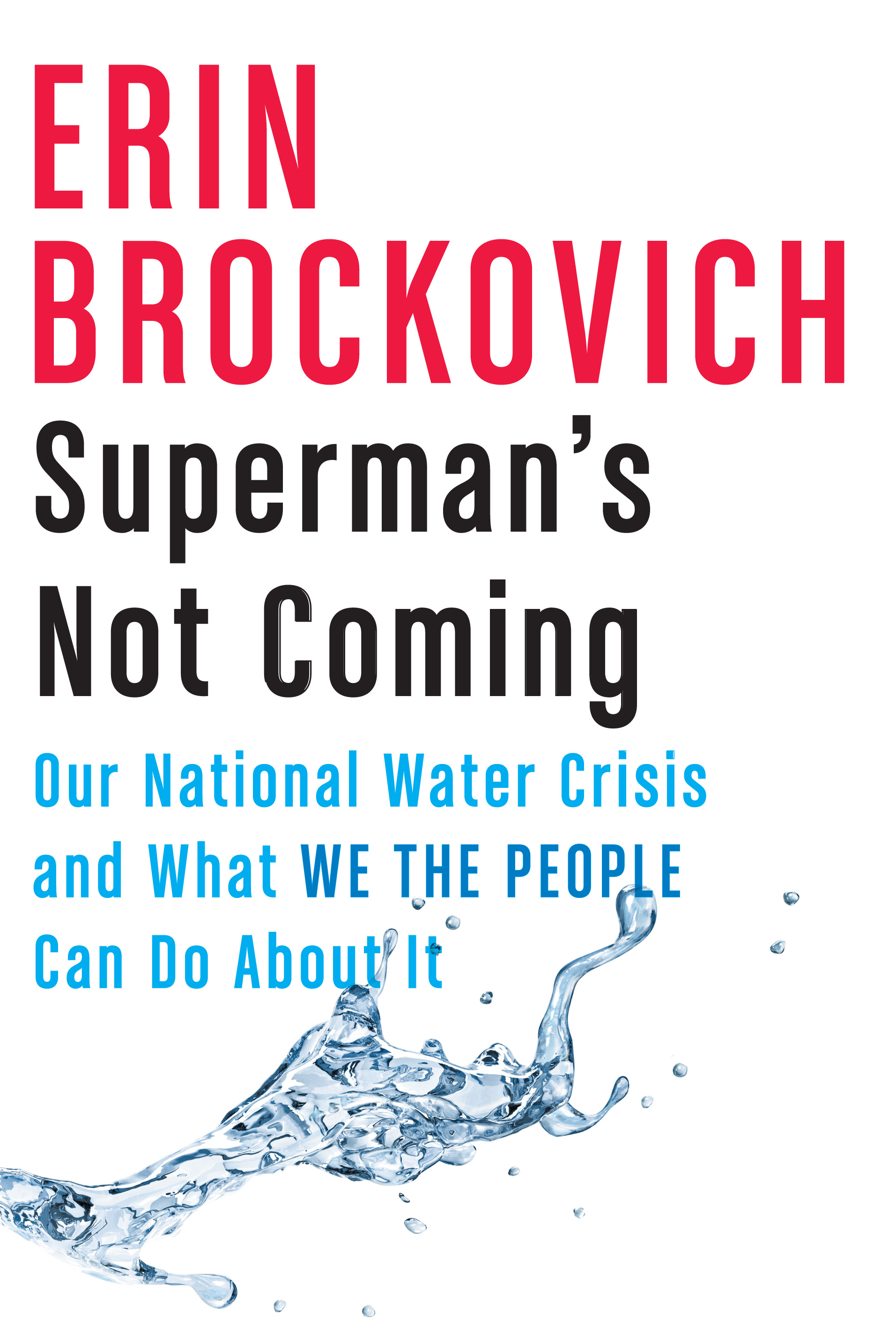Many people think of climate change as a rise in temperatures, thanks to increasing concentrations of carbon and other greenhouse gases in our atmosphere. But what’s less obvious is how that rise in temps has a major effect on our water.
People constantly ask, what’s water got to do with climate change?
Water is the most necessary element to sustain life but water is also surprisingly destructive. Just ask anyone who has experienced a hurricane or a flash flood. Equally devastating are droughts and wildfires, when we need water most and it’s not there.
Just look at changing weather patterns—more intense snow, not enough rainfall, areas that become warm when they should be cold. It all leads to unpredictability in how much water is available relative to the historical needs of communities.
In other words, the problems with climate change and water are already here.
Let’s look specifically at drinking water. As temperatures rise in different parts of the country, the total amount of snowfall is reduced. Melting snow is what populates the freshwater bodies we rely on for drinking water. Less snow means less melt, which means lower water levels.
As recently reported in The Washington Post, the Colorado River has seen a climate-induced drop that amounts to roughly 1.5 billion tons of water due to the shrinking snowpack. That’s the yearly water supply for about 14 million Americans.
Equally disturbing is the half empty reservoirs in Lake Mead and Lake Powell that supply water for millions of people in the river’s Lower Basin including Arizona, California and Nevada.
Now add on top of that the deadly wildfire seasons that we’ve seen in California in recent years. In 2018, Camp Fire, the state’s deadliest wildfire, killed 85 people and destroyed close to 14,000 homes and 500 businesses. It was also the world’s costliest natural disaster in 2018 with overall damages topping $16.5 billion.
The massive Tubb Fire in Santa Rosa, Calif., in 2017, caused the neighborhood’s water pipes to melt, releasing benzene, a known carcinogen, into the water system. Residents were told not to drink water from the tap, even if it was boiled first, for nearly a year after the fire.
NBC News has reported that at least 65 percent of the public water supply in the Western U.S. comes from fire-prone areas. That’s an existential threat to those communities.
Now let’s go East for a moment, where the Atlantic hurricane season is threatening to be one of the busiest ever recorded, where more frequent, longer and stronger storms have been predicted by the National Oceanic and Atmospheric Administration.
These huge storms can damage reservoirs, knock out power needed for water pumps, cause sewer and septic systems to fail, and flush large quantities of sewage and pollutants into fresh water supplies like bays, rivers, and lakes.
Months after Hurricane Maria killed thousands in Puerto Rico and left many others a months-long blackout in 2017, faucets ran dry and when they did have water it was flecked with sediment.
Electrical outages mean pumps can’t deliver water to residents and that operations at water treatment plants get severely interrupted.
You might also remember the viral photos of hog manure spilling out of storage lagoons in North Carolina during Hurricane Florence in 2018, which dumped more than 30 inches of rain in many parts of the state.
Millions of tons of coal ash, a toxic byproduct of coal-burning power plants containing a mix of hazardous heavy metals, such as chromium-6, lead, arsenic, and mercury, are stored in basins across the state. Water samples from a river near one of these storage plants after the storm saw arsenic levels at nearly 18 times the state’s drinking water standard. The coal industry responded by working on loopholes to the Clean Water Act that would help them skirt responsibility for cleaning it up.
Climate change also leads to sea levels rising, and when salty ocean water rises and gets mixed in with a drinkable water supply, that further reduces how much water is available for people to drink. Places like Miami, Florida already face chronic flooding, even on days when the sun is out.
It doesn’t help, of course, that U.S. water infrastructure is in about as bad a shape as the rest of our infrastructure, and that many of the water and waste-treatment plants we rely on were built for different weather conditions than we are experiencing today.
Estimates show that updating our water infrastructure alone—dams, treatment plant renovations, pipes, wastewater systems, and so on—will cost some $1 trillion in the next twenty-five years.
In November 2018, 13 federal agencies (including NASA and the EPA) got together and released a report showing that if America did nothing about climate change, we risk losing 10 percent of our economy. You read that right: climate change poses a direct and active threat to one-tenth of the entire GDP of our country. As The New York Times reported, that kind of loss would represent “more than double the losses of the Great Recession a decade ago.”
And that was before the Coronavirus pandemic that has flattened our economy.
When it comes to water, the 2018 report was downright bracing reporting, “Rising air and water temperatures and changes in precipitation are intensifying droughts, increasing heavy downpours, reducing snowpack, and causing declines in surface water quality.”
Climate change is helping us see the interdependence and the beautiful complexity of the natural and human systems we have unthinkingly relied on, at the moment those systems are threatening to fall apart.
This problem is too big for any one of us to solve, we must work together. Start by getting involved locally with your own city council and your state. Or maybe you should run? Whatever you do, make sure you vote. And vote local. Get to know your candidates and their plans for infrastructure, water, and tackling climate change. The time is now.

Superman’s Not Coming: Our National Water Crisis available from Pantheon Books on August 25, 2020.



